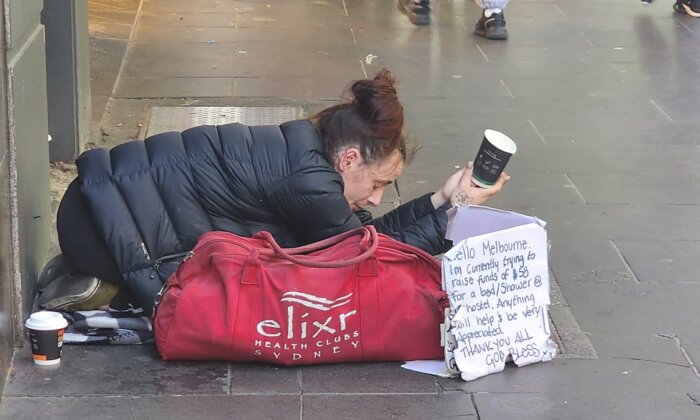Between 2012 and 2022, there were almost 1,500 recorded deaths, with 160 of those being children aged from birth to 14.
According to a recent study by the Australian Institute of Health and Welfare (AIHW), homeless individuals face a significantly higher risk of mortality, particularly from accidental poisoning and suicide, compared to the general population.
The study revealed that homeless individuals tend to die at a much younger age than the average Australian, with mortality rates in this group increasing by 63 percent over the past decade.
An analysis of 12,500 people who received assistance from Specialist Homelessness Services (SHS) between 2012 and 2022 showed that this group had higher age-standardized death rates than the general population, especially among men.
In 2022, individuals who received SHS support in their final year of life accounted for a significant portion of accidental poisoning, suicides, and transport-related deaths, despite representing only 0.1 percent of the population.
Among the findings, it was noted that men were twice as likely to die as women among SHS clients, with male clients also being more likely to experience homelessness.
Furthermore, homeless individuals aged 35-54 accounted for 46 percent of fatalities, while children under 14 made up 1.3 percent of deaths within this group. The study also highlighted the increase in deaths among homeless youth aged 15-25.
The CEO of Homelessness Australia, Kate Colvin, emphasized the need for immediate action to address the crisis of homelessness-related deaths, attributing these fatalities to systemic failures such as overwhelmed services and chronic housing shortages.
The study also pointed out that around half of SHS clients were not homeless when they first sought help but were at risk, with women comprising two-thirds of this group.
Overall, the study shed light on the challenges faced by homeless individuals and the urgent need for comprehensive support and intervention to prevent needless deaths in this vulnerable population.





